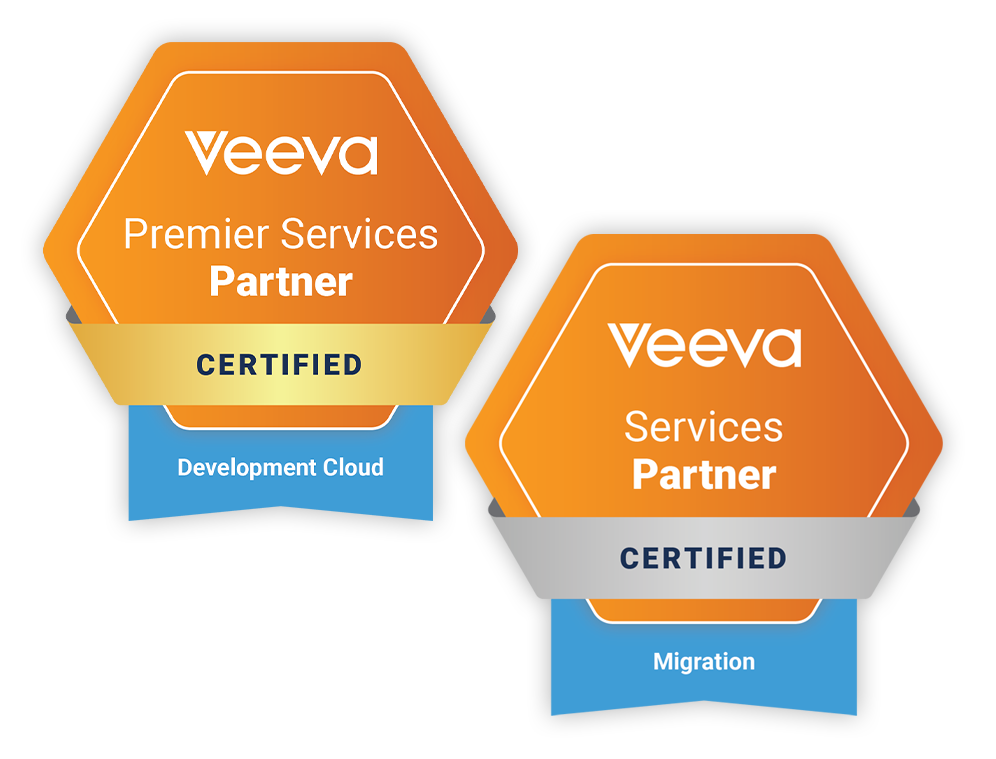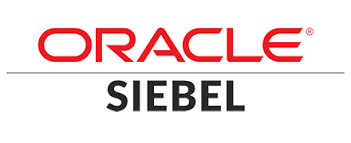Data Migrations for Life Sciences Systems
Migrations are more than just a technical exercise. Daelight Solutions approaches data migrations with the big picture in mind: managing risk, communicating with all stakeholders, and moving data in a compliant way that satisfies business, validation and quality needs.
When Do You Need a Data Migration?
If you are experiencing any of these scenarios, it may be time for a data migration:
- Your system is outdated and no longer supported
- Your company is experiencing a merger or acquisition
- Your company is undergoing a divestiture
No matter your situation, the experts at Daelight will help you through the migration process from beginning to end.
Move Your Data with Confidence
Whether you’re divesting an asset or business line, sunsetting a legacy information management solution, or taking advantage of a more efficient hosting environment, Daelight can help you accomplish the technical work with confidence – and always in context with your business.

Our team has years of experience helping life sciences organizations, CROs and other players plan and execute complex, validated data and content migrations.
We pride ourselves on taking a “big picture” view of each migration and using our proven methodologies to create highly effective migration requirements, testing approaches and execution plans. That means less risk and swifter project completions.
Minimize Data Disruption During Your Migration
One of the biggest challenges with data migrations is disruption. Your users now have to change the system they’ve been using for years, which can cause resistance and possible productivity losses. Therefore, minimizing this impact is crucial to success.
Daelight’s tools and approach enable rapid information transfer, significantly reducing the time needed to operate two systems. We simplify and automate the migration process through thorough source system analysis to ensure a seamless transition. This method minimizes business disruption, allowing your team to quickly adapt to the new system without prolonged downtime or productivity losses.
By streamlining the migration, Daelight helps maintain operational continuity and ensures your data is accurately and securely transferred.
Experts in Veeva Migrations
Migrating large and intricate datasets while staying compliant can be overwhelming— especially with Veeva Vault, which has unique terminology and functionalities compared to legacy systems.
Rely on our experienced team for your Veeva Vault migration. We’ve successfully managed numerous Veeva migrations and can expertly navigate the process for you.
Partnering with us ensures:
- Thorough migration planning
- Minimal disruption to your business
- Optimal data integrity and compliance

Moving Millions of Documents & Objects to Veeva Vault
Leave all your Vault migration needs to Daelight. We have experience with all types of complex tasks, including:
- 500,000 documents migrated from a Legacy Documentum (FirstDoc) system to Vault eTMF
- Study startup data migrated from goBalto and Trial Master File (TMF) documentation to Vault SSU and eTMF
- Over 1 million objects migrated from Siebel CTMS to Vault CTMS
- Documents and training items migrated from legacy systems (MasterControl and Montrium QMS) to Vault QualtyDocs and Training
- Over 2+ million cases and 11 million documents migrated from Oracle Argus to Vault Safety
Simplify Your Vault Migrations with Daelight's Innovative Tool
We go beyond consulting by creating solutions to improve your migration experience. Our Daelight Migration Tool (DMT) is designed to streamline the transition to Veeva Vault by efficiently and securely transferring data and content from OpenText, file systems or other Veeva Vaults. By employing industry best practices, DMT addresses complex migration requirements while minimizing costs.
CRO Migrates 1 Million Records in Just 20 Weeks to Veeva

A Contract Research Organization (CRO) specializing in complex diseases merged from multiple companies, each using different clinical operations systems. To unify their processes, they needed to migrate their existing Clinical Trial Management System (CTMS) and payment data to Veeva Vault platforms. Facing tight deadlines and multiple systems, they partnered with Daelight to streamline the migration process. Read our case study for details.
Data Migration Validation Done Right
Daelight provides specialized data migration validation services tailored for life sciences organizations. Our team of experts possesses deep domain knowledge and a thorough understanding of the stringent regulatory requirements and data integrity standards, which allows us to minimize risks.
We employ a robust methodology that combines automated tools, rigorous sampling techniques and meticulous manual processes to validate the migrated data’s accuracy, completeness and integrity. Our experienced professionals test the migrated data against predefined business rules, data quality checks and industry-specific constraints to ensure full compliance with regulatory guidelines.
We also involve end-users and subject matter experts to ensure the migrated data meets all functional needs through user acceptance testing (UAT).
The Daelight Difference
Daelight analyzes your source system data to automate migrations whenever possible. Our migration rules are designed to streamline the process, eliminating the need for manual spreadsheet entry. This frees up your time to focus on your core business activities.
Focused on Compliance
Compliance requires a validated process that adheres to standards and procedures, ensuring accurate data transfer without leaving behind crucial information. This is critical for clinical trials and health authority submissions and emphasizes the need for a compliant approach and defined testing strategies for accurate data migration.
Given our exclusive focus on the life sciences industry, we understand all relevant regulations, including Title 21 CFR Part 11’s validation requirements. Trust us to keep your content compliant and secure.
Experienced with Legacy Technologies
Our team has years of experience working with all types of legacy systems, including:
We understand the intricacies of older systems and will effectively manage the complexities of migrating your data to modern platforms.
Talk with a Migration Expert
Leverage our deep industry expertise to ensure a seamless, compliant data migration. We prioritize data integrity and adherence to regulatory standards to provide a smooth migration experience that minimizes disruption and maximizes efficiency. Begin your migration journey with us today by speaking with one of our experts.
Frequently Asked Questions
Data migration in the life sciences industry refers to the process of moving critical data, such as clinical trial information, regulatory submissions and product data, from legacy systems or applications to new platforms or environments. It’s a crucial step in adopting new technologies, consolidating data or transitioning to cloud-based solutions.
Data migration validation is the process of verifying the accuracy, completeness and integrity of the migrated data to ensure it aligns with source data, adheres to regulatory requirements and maintains data quality standards. It involves thorough testing, sampling and quality checks to identify and resolve any discrepancies or issues before go-live.
Best practices for Veeva Vault migrations include thorough planning and preparation, data mapping and cleansing, robust validation processes, user acceptance testing and comprehensive documentation. To ensure a successful migration, it’s important to involve subject matter experts, leverage automated tools and follow Veeva’s recommended guidelines.
The best time to migrate to Veeva Vault depends on various factors, such as organizational readiness, resource availability and business priorities. However, it might be ideal to migrate when you experience a system upgrade, merger or acquisition or when your legacy system becomes outdated or no longer meets regulatory or business requirements.
Some of the most common mistakes during a Veeva Vault migration include inadequate planning and preparation, underestimating the complexity of data mapping and transformation, lack of thorough testing and validation, insufficient user training and change management and failure to involve subject matter experts throughout the process.


